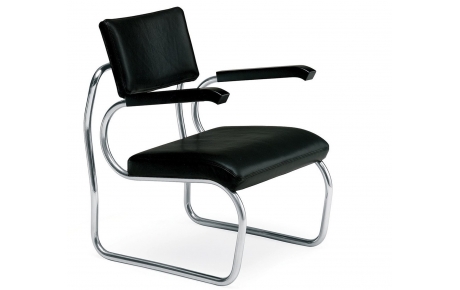
Giuseppe Terragni
Country / 義大利
Born in Meda (Monza) in 1904, he received his degree in architecture from the Milan Polytechnic.
In 1926 he was one of the founders of the "Group of Seven", signing with other architects - including A. Libera and G. Pollini - the first document of the Italian Rationalism.
In 1928 he took part in the first Exposition of Rationalist Architecture in Rome, presenting some projects reminding to constructivism and futurism. Active as painter as well, Terragni took care of the “Exhibition of Fascist Revolution” in 1932. Futurism, Constructivism and Rationalism were the guidelines of his architecture, of which the “Casa del Fascio (1932-36)” in Como represents one of his best examples.
In 1930 he and Pietro Lingeri designed for the 4th Monza Biennale a furnishing showing the interest for formal and structural solutions, allowing the mass-production. In 1937, together with Lingeri and Cattaneo, he drafted the project for the Congress Palace in Rome. In the same year he designed the Sant’Elia kindergarten in Como, that is commonly considered one of this best works.
He was then recalled in the Army in 1939, and died in 1943 after having been sent back home with a severe nervous breakdown.
In 1926 he was one of the founders of the "Group of Seven", signing with other architects - including A. Libera and G. Pollini - the first document of the Italian Rationalism.
In 1928 he took part in the first Exposition of Rationalist Architecture in Rome, presenting some projects reminding to constructivism and futurism. Active as painter as well, Terragni took care of the “Exhibition of Fascist Revolution” in 1932. Futurism, Constructivism and Rationalism were the guidelines of his architecture, of which the “Casa del Fascio (1932-36)” in Como represents one of his best examples.
In 1930 he and Pietro Lingeri designed for the 4th Monza Biennale a furnishing showing the interest for formal and structural solutions, allowing the mass-production. In 1937, together with Lingeri and Cattaneo, he drafted the project for the Congress Palace in Rome. In the same year he designed the Sant’Elia kindergarten in Como, that is commonly considered one of this best works.
He was then recalled in the Army in 1939, and died in 1943 after having been sent back home with a severe nervous breakdown.
